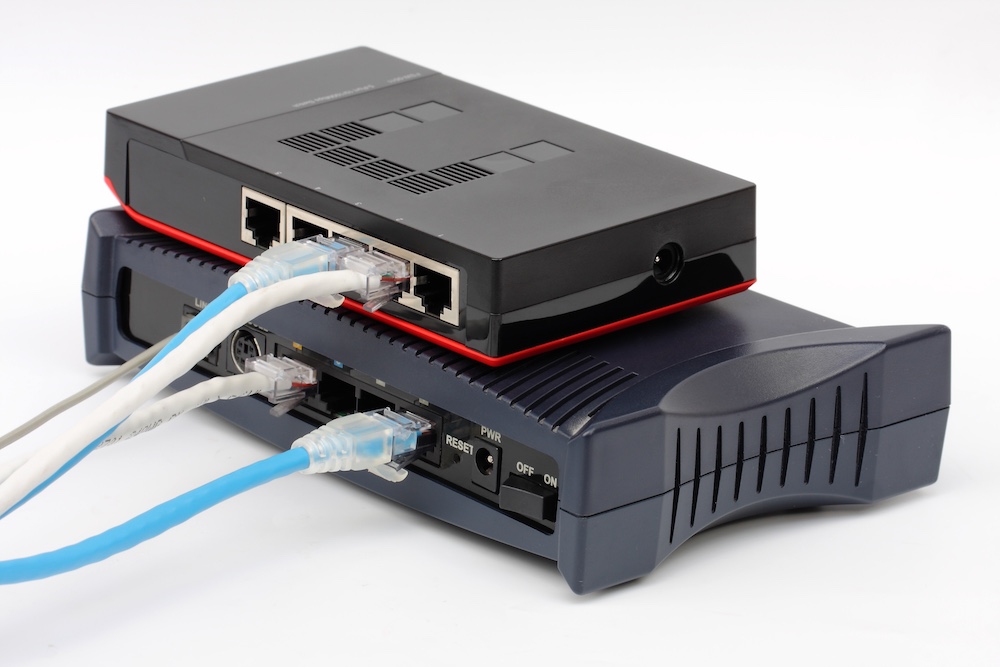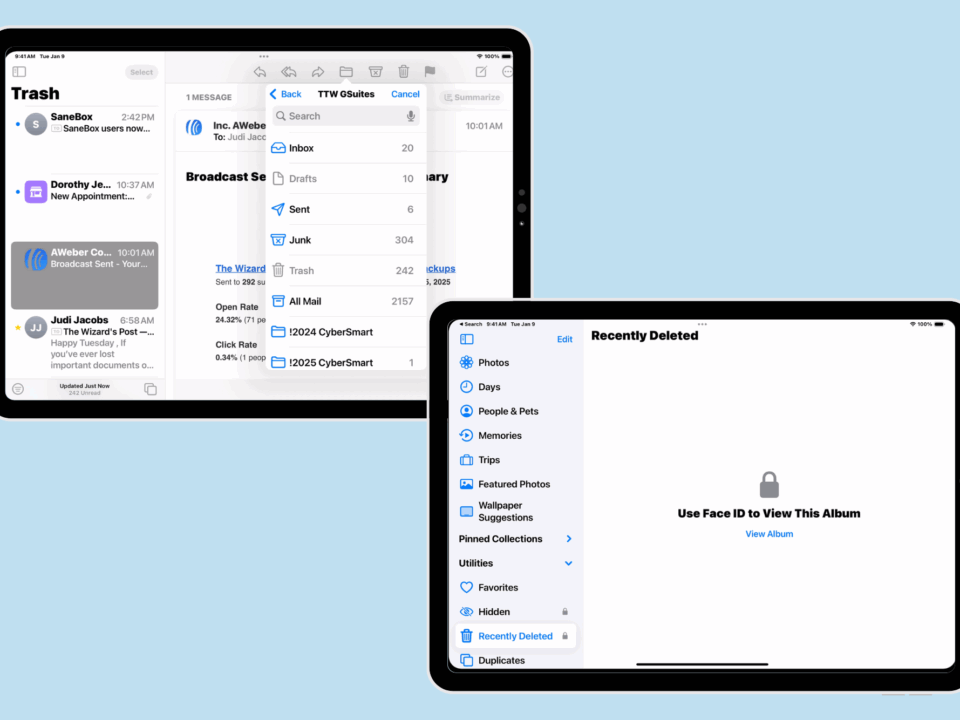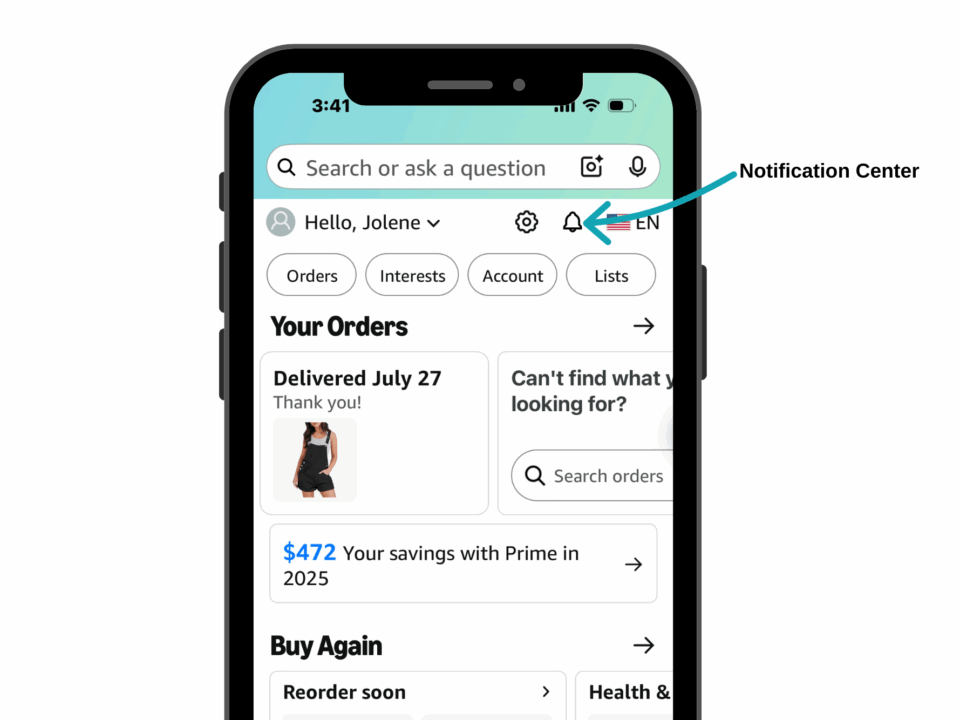
Why Baby Boomers Must Embrace Technology
April 26, 2017
Mastering the Ins and Outs of Email
June 2, 2017I have been working with a client of The Tech Wizard on upgrading his home network. He was greatly confused by the structure of the network and didn’t understand how or what the pieces of hardware actually do. I thought it presented a great opportunity to provide a basic review of a network setup and explain the difference between a router and modem, so you get the best from your internet service.
What is the Modem?
Your modem is the device that brings the internet service into your house from the street. If you have cable service from Spectrum, for example, the cable from the wall will connect to directly to the modem.
While your internet service provider typically provides a modem, I highly recommend purchasing your own. What you can purchase at Best Buy or Fry’s is a better quality device. Every provider has a list of modems that consumers can purchase that are compatible with their system.
What is the Router?
The router provides access to the internet and the computers/devices in your home via Wi-Fi. Wi-Fi has come to stand for a wireless network connection. Your phones, iPads, kindles can connect to the internet without using an ethernet cable.
Typically the router connects to the modem via an ethernet cable. Although, there are some modems that have the router components built in, so there will be one device versus two separate ones.
Router Placement
Router placement is important to keep in mind to get the strongest signal disbursement throughout your living or work space. Here are some tips on router placement to ensure you have the best coverage.
- Keep the router as high as possible
- Place the router in a central location within your home
- Do not place the router under a desk or any other piece of furniture
- The router should not be in a closet, pantry, or anything else that impedes the flow of the signal
Sometimes there is no escaping “dead zones” when it comes to Wi-Fi. If you have a large home, an oddly-shaped house, a home where the router is awkwardly out of the way, or a house built with Wi-Fi killing materials, you may need to set up a mesh network. For most people that experience one or two weird but annoying dead zones, Wi-Fi extenders can help stretch the range of the signal.
For more information on extending the range of your network if you are using an Apple Base Station by adding an extender here is a great article on iMore by Anthony Casella with detailed information.
If you are still confused or need help setting up your home network, The Tech Wizard provides in-home tech support services in the Los Angeles area. Click here to learn more.






